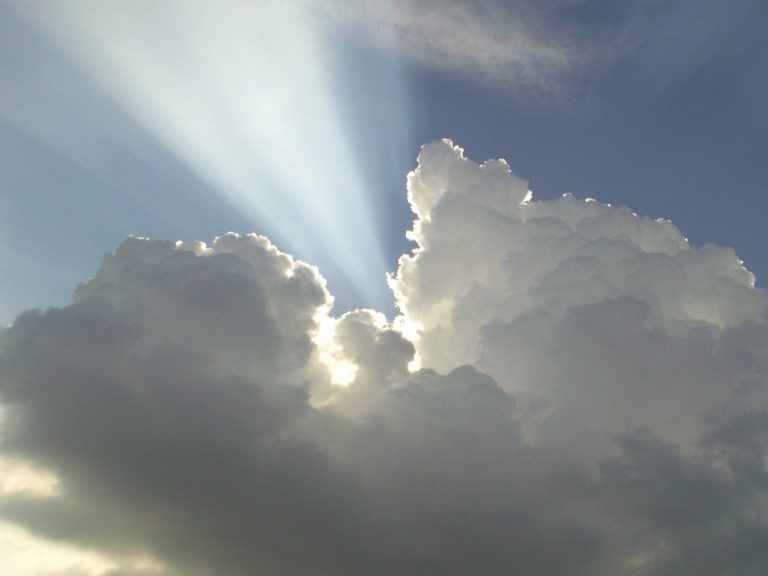
The Young Ox in the Room
This parsha opens up with a picture of a young Yosef. Specifically, he is described as a “na’ar, a youth” (Bereisheit 37:1), and at first glance this doesn’t seem to be a particularly flattering assessment. Rashi elaborates that Yosef would fix up his hair and his eyes to look handsome. Maharal adds that Yosef would act without thinking through the consequences, doing things like telling his dreams to his brothers.
And yet, Rav Schorr invites us to look at this idea of “na’ar” from a different perspective. “Na’ar” is connected to the idea of hitorerut, the idea of being awake to the changing spiritual possibilities of the moment. We can look at this idea of “na’ar” as the idea of a young Yosef trying to fit himself into the circumstances of the moment. What may seem to be negative or neutral in the moment are the seeds of what will later become his greatness.
Rav Schorr describes Yosef’s derech as the derech of the mind. When he is young, he is guided on what he knows to be right, and he acts on it, regardless of the consequences. He brings reports about his brothers to his father, and he shares his dreams of kingship with brothers who are jealous of him. However, as he matures, we begin to see a different form of Yosef emerge. The Yosef who confronts his brothers at the end of the story is cool, calm and collected. He is clearly thinking through the consequences, nevertheless, he remains steadfast in his commitment to act on what he believes is right.
As a young man, the firstborn of Rachel, and the beloved of Yaacov, Yosef had dreams that were prophecies about being a ruler. And, in fact, this is exactly what he would later become. But this aspect of himself had not been fully developed yet. It expressed itself in interesting ways. Rav Schorr explains that it was actually the deep feeling of kingship within Yosef that motivated him to spend time on his appearance.
Yosef is not the only king in the family. Yosef’s story is intertwined with the story of Yehudah. This is the story of two kings with two very different paths. Yosef was the king that was compared to an ox, but Yehudah was the king that was compared to a lion. Yehudah wore his kingship more naturally, while Yosef was having some trouble fitting into his circumstances. And while Yosef, as we mentioned, followed the path of his mind, Yehudah followed the path of his heart.
Both sons face similar tests. Just before we learn about Yosef’s encounter with Potifar’s wife, we learn about Yehudah’s encounter with Tamar. Out of love for his son, Yehudah denies Tamar’s right to do the mitzvah of yibum. And then, at the expense of great personal embarrassment to himself, he admits that Tamar had been right. Yehudah’s essential trait, as expressed by his name, is his ability to admit that everything that he is, and everything that he has, comes from Hashem. He can begin moving in one direction, and then pivot and move in the other direction if that’s what Hashem wants. He is King, because he channels the kingship of Hashem. His complete devotion to Hashem’s will is the starting point for the line of Moshiach.
Against this backdrop, we are given the story of Yosef in the house of Potifar. The wife of Potiphar would come to Yosef each day, not just with perfume, but with an argument. She knew they were destined to have descendants together. She knew this was part of Hashem’s plan. But Yosef’s path was not Yehudah’s path. Yosef was driven by his youthful ability to be alive to the spiritual potential of the particular moment, to stay true to what he knew was right, regardless of the consequences.
Both Yehudah and Yosef passed their tests, though they did it in very different ways. Rav Schorr tells us that each of us is tested, again and again, in our essential middah. All the different aspects of ourselves, however they are expressing themselves at the moment, are important. They are expressing who we are. Life gives us the opportunity to refine them. This is exactly what Yosef did. He was able to take the mantle of leadership because he had remained true to the aspect of kingship within himself, and refined it through the circumstances of his life.



